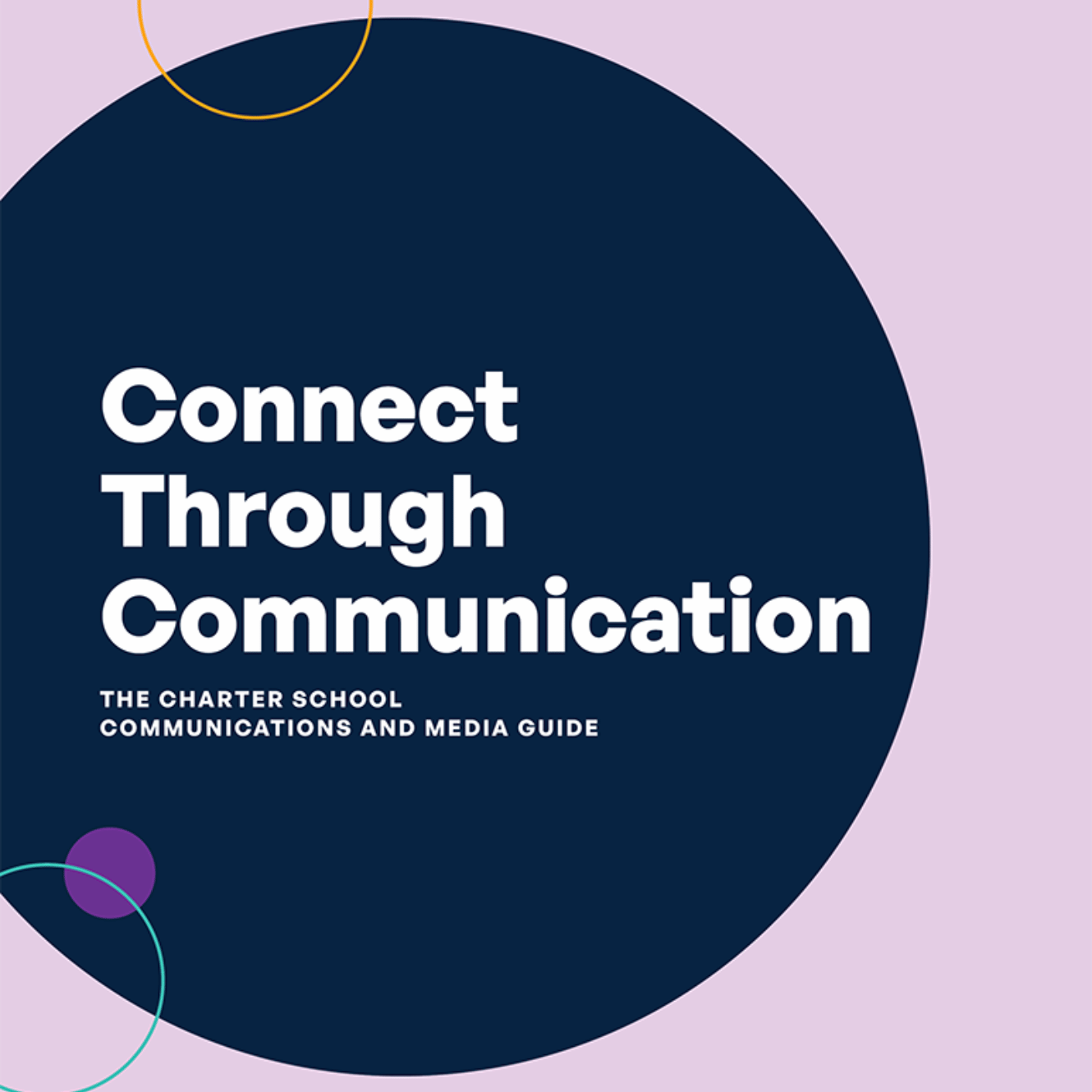Every message your school sends—whether it’s an email to families, a social media post, or a fundraising appeal—tells a story about who you are. A clear, consistent voice builds trust, strengthens engagement, and makes it easier for your community to take action. But without a plan, school communication can feel scattered, with different tones, styles, and messages that don’t quite align.
That’s where a written communications guide comes in.

Why Your School Needs a Written Communications Guide
Let’s be honest—when you have a principal, office staff, teachers, and maybe even parent volunteers all writing on behalf of your school, things can get a bit… chaotic. Your Tuesday newsletter sounds nothing like your Thursday email blast, and your social media posts feel disconnected from both.
A communications guide acts like a compass for anyone crafting messages for your school. It removes the guesswork and ensures you’re not accidentally developing multiple personality disorder in your external communications.
Here’s what to include:
- Tone and Style – How should your school sound? Warm and nurturing? Scholarly but accessible? Professional with a dash of personality? Define the voice that feels authentically you.
- Audience Considerations – The way you write to prospective families should feel different from how you communicate with your board. Map out these different audiences and what matters to each of them.
- Content Guidelines – Set some ground rules. Maybe emoji work great in your parent newsletters but should be used sparingly in fundraising appeals. Perhaps you have specific language you use around your educational model.
- Crisis Communication – When things get messy (and in schools, they inevitably do), having pre-established language and protocols can be a lifesaver. This isn’t about creating templates as much as establishing a framework for communicating during challenging moments.
From Clarity to Action: The Power of a Strong CTA

You’ve crafted the perfect email. It’s warm, on-brand, and beautifully written. But if your readers don’t know what to do next, what was the point?
Every communication should answer one key question: What should the reader do next?
The best CTAs don’t just suggest an action—they compel it. Here’s how to make yours more effective:
- Be Clear and Direct – Instead of the vague “Learn more,” try “Reserve your spot for the info session” or “Submit your application by Friday.” Specificity creates action.
- Use Action-Oriented Language – Start with strong verbs that create momentum: “Join,” “Give,” “Volunteer,” “Claim,” “Discover.”
- Create Urgency – Nothing motivates like a deadline or limited availability. “Only 5 spots remaining in our summer program” hits differently than a generic enrollment announcement.
- Keep It Short – Your CTA isn’t the place for showcasing your vocabulary. Make it quick, clear, and impossible to misunderstand.
- Make It Stand Out – Whether it’s a button, bold text, or strategic placement, your CTA should be impossible to miss.
Bringing It All Together
Your school’s communication should be consistent, clear, and action-driven. A written communications guide keeps everyone aligned on the how and why of your messaging, while strong CTAs transform engagement into tangible results.
Take a hard look at your recent communications. Do they sound like they’re coming from the same school? Do they clearly tell the reader what to do next? A little intentionality with your messaging can transform your communication from scattered to strategic.
About the Author

At Grow Schools, Marin channels her passion for research, writing, and advocating for high-quality education for all students. After earning a Master’s in English, she spent nearly a decade teaching Writing and Rhetoric at California Polytechnic State University and guiding students in developing style, voice, formatting, source evaluation, and rhetorical awareness. Marin thrives on crafting narratives that resonate—whether refining a brand’s voice, exploring new perspectives in writing, or championing meaningful causes.

